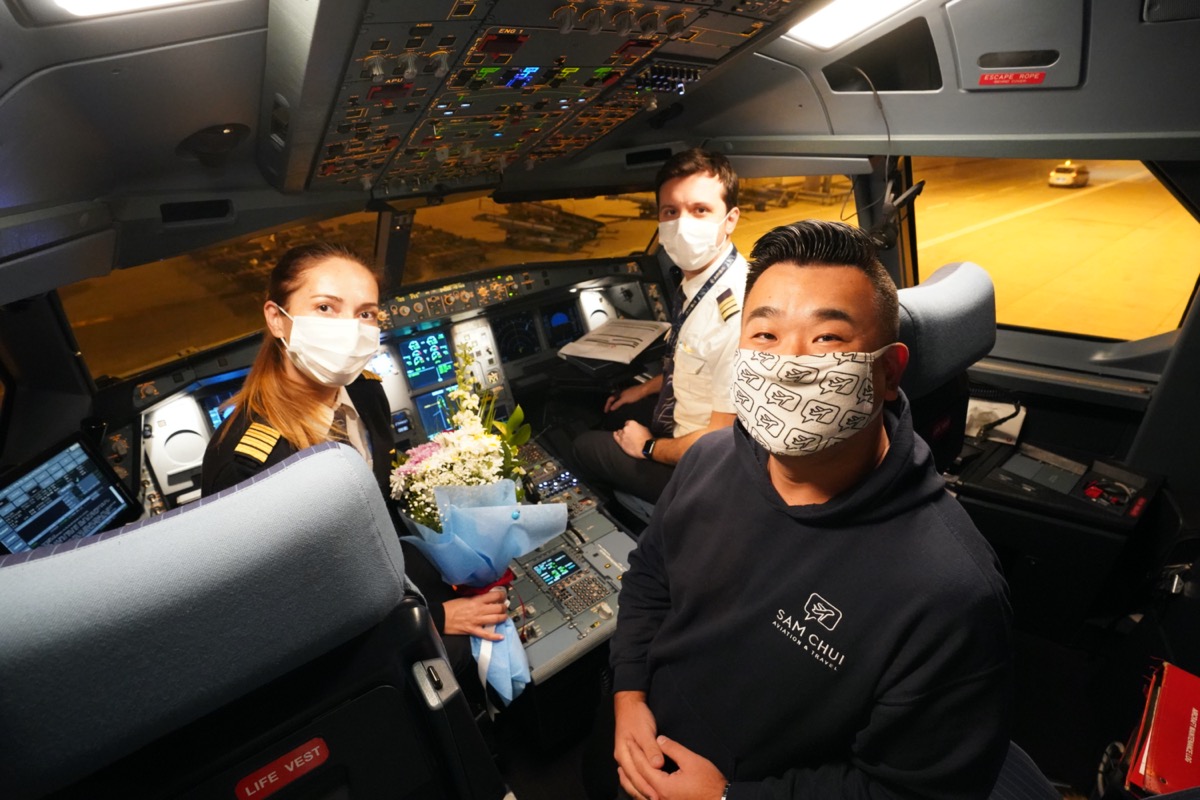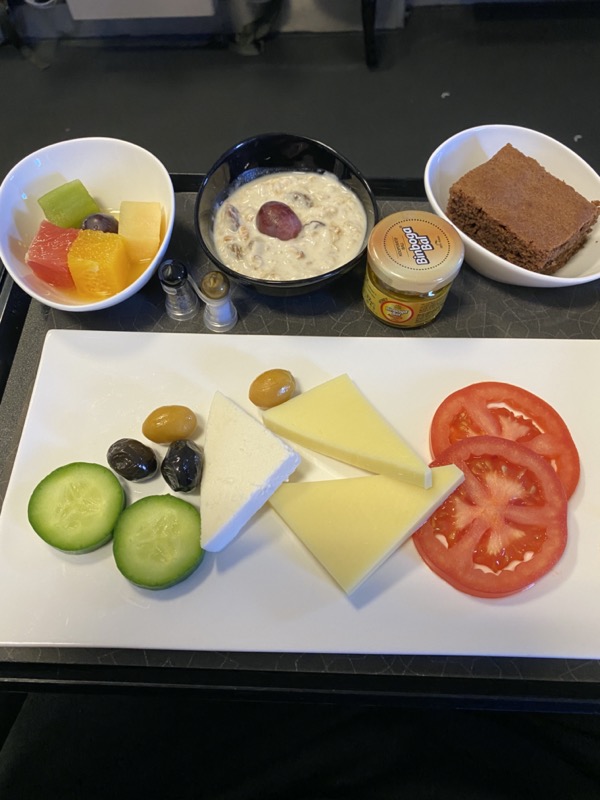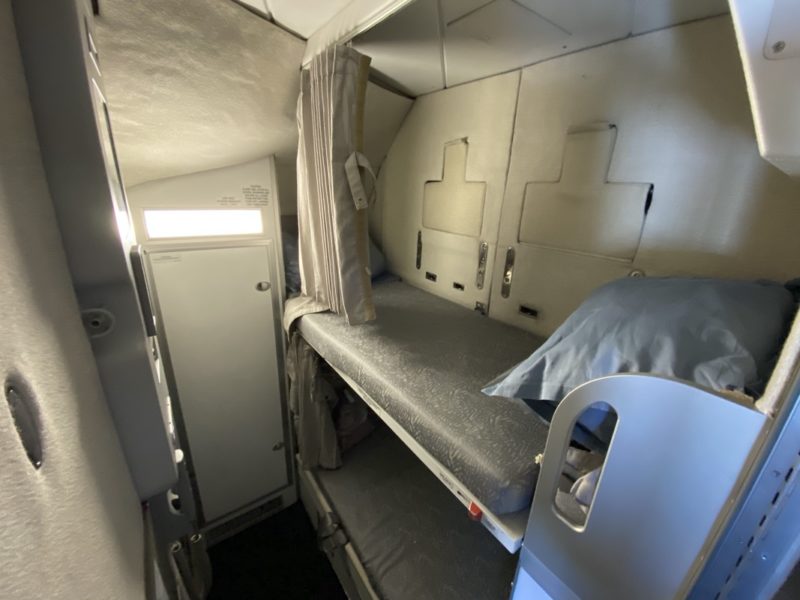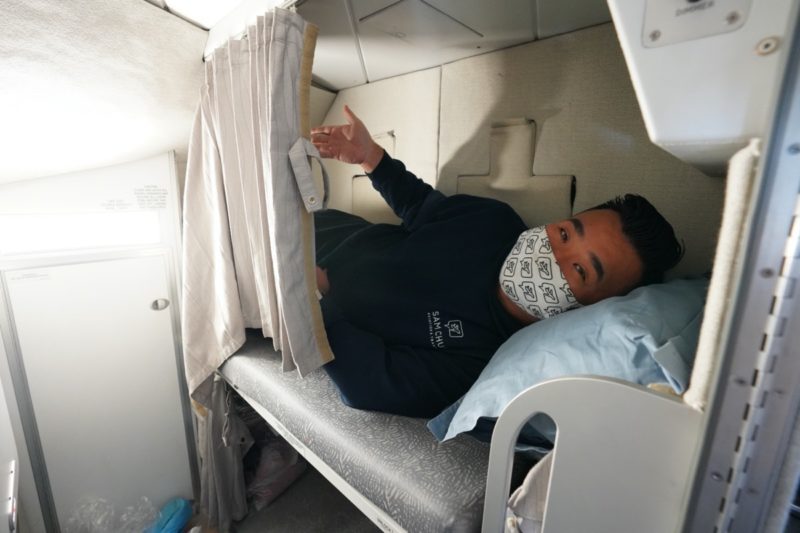I recently travelled on a Turkish Cargo A330-200 Freighter flight, from Istanbul to London Stansted and back, to experience the cargo operation first hand.
Inside the belly space of the cargo plane were 64,000kg of fresh flowers for a Valentine's Day delivery. The flowers came from Kenya and were in transit at Istanbul. The flight provided some great insights into the transportation of perishable cargo and, in general, the cargo operation process as a whole.
Video
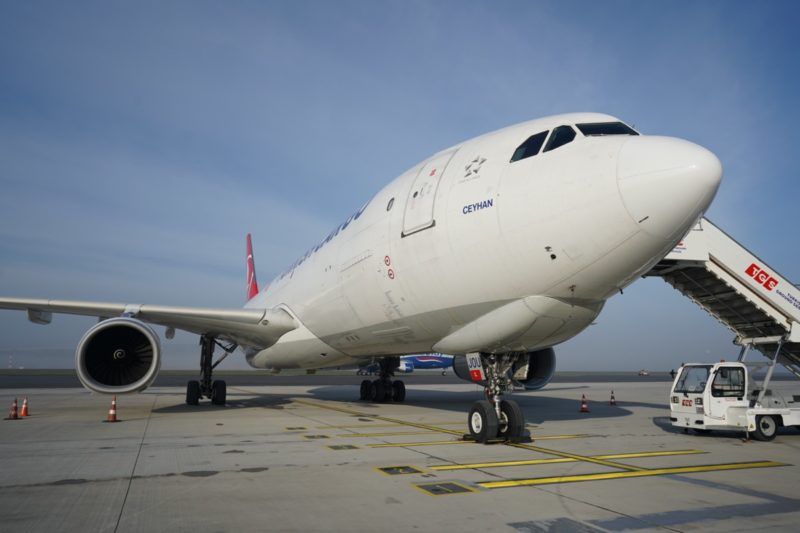
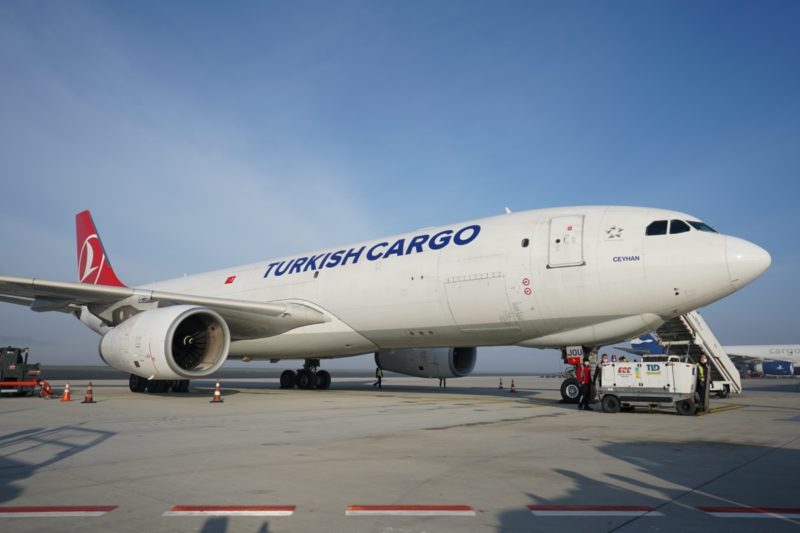
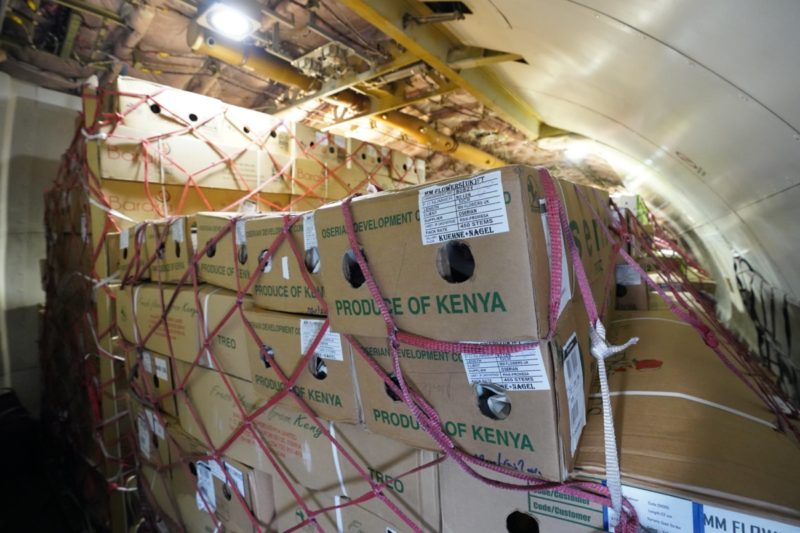
Full 64,000 kgs of cargo over 31 cargo positions on A330-200F 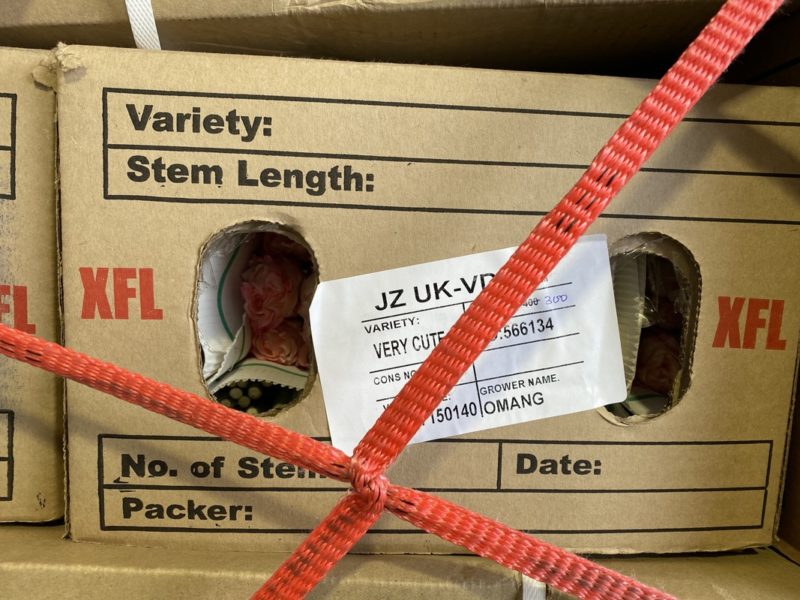
Full 64,000 kgs of cargo over 31 cargo positions on A330-200F
On the flight deck Captain Ferihan took charge during a low visibility take-off, as the weather was very foggy at Istanbul. We experienced some heavy turbulence during the climb out of the bad weather. Watch the video for a perspective of the action from the cockpit.
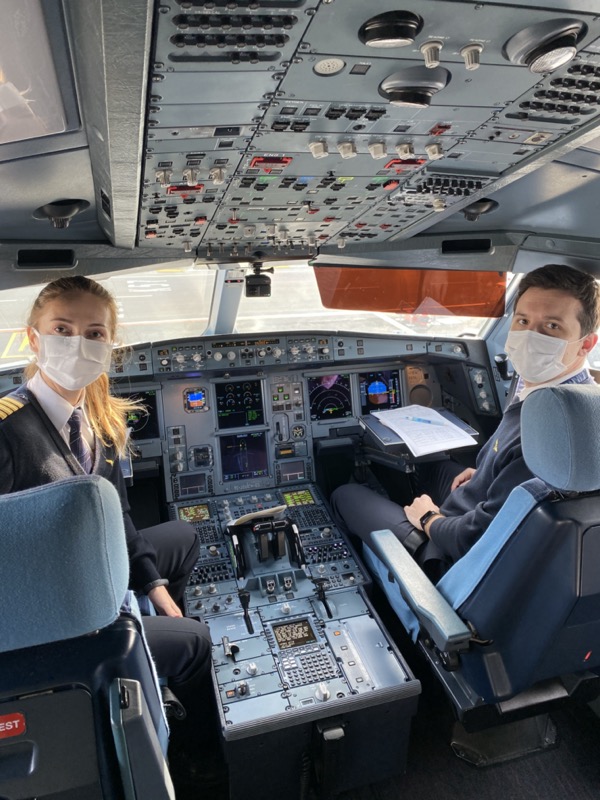
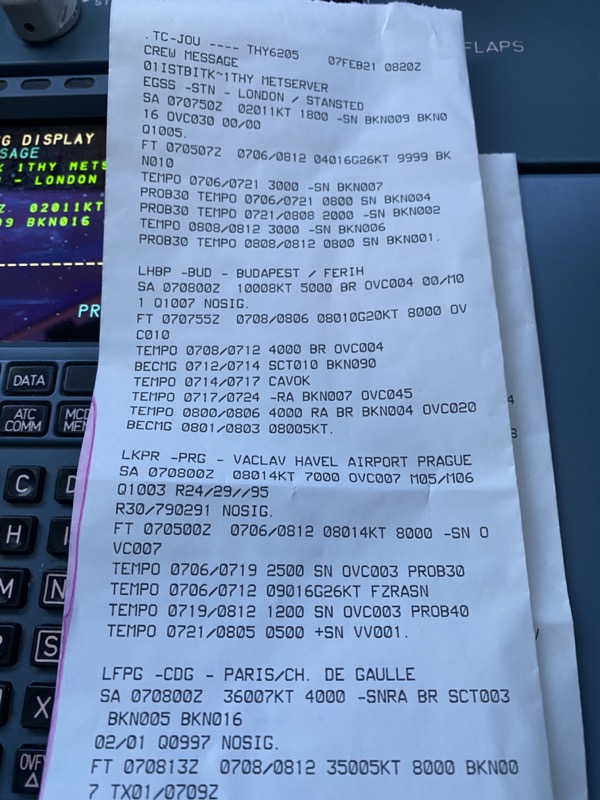
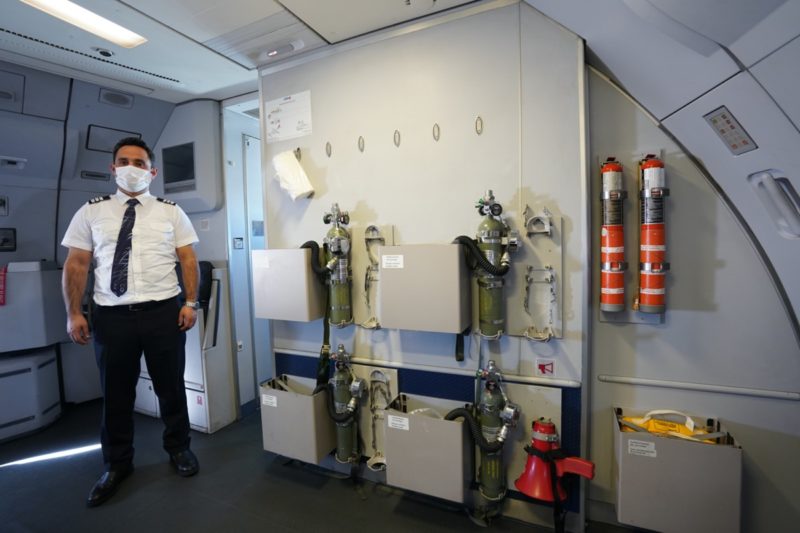
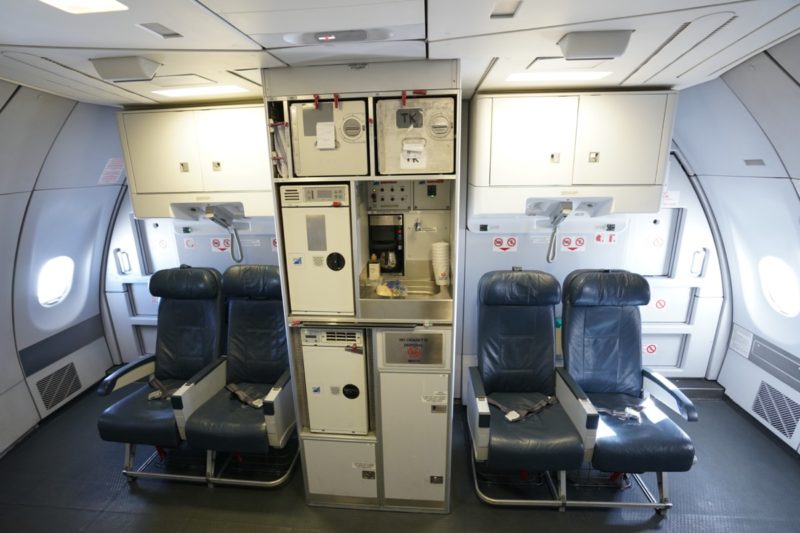
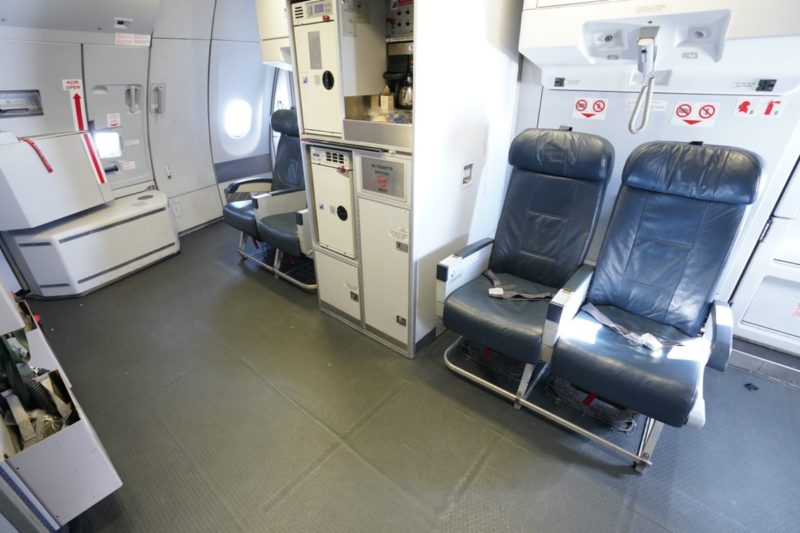
Breakfast was catered for on the outbound. Not entirely surprising, it was actually the usual Turkish Airlines Business Class breakfast (pre-covid). The difference on the cargo flight is that you can serve yourself and decide when to eat, without having to be concerned about the other passengers.
There is also a crew rest directly behind the cockpit. I took a nap after breakfast. A cargo plane is not a shabby way to travel. You literally have your own "The Residence" inside!
When we arrived in Stansted Airport. It was a race against time to offload the fresh flowers. Those flowers would go straight to the market from the warehouse, all on the same day. All 64,000kg of cargo were offloaded in just 30 minutes, then another full load of cargo was ready and waiting to get on the flight.
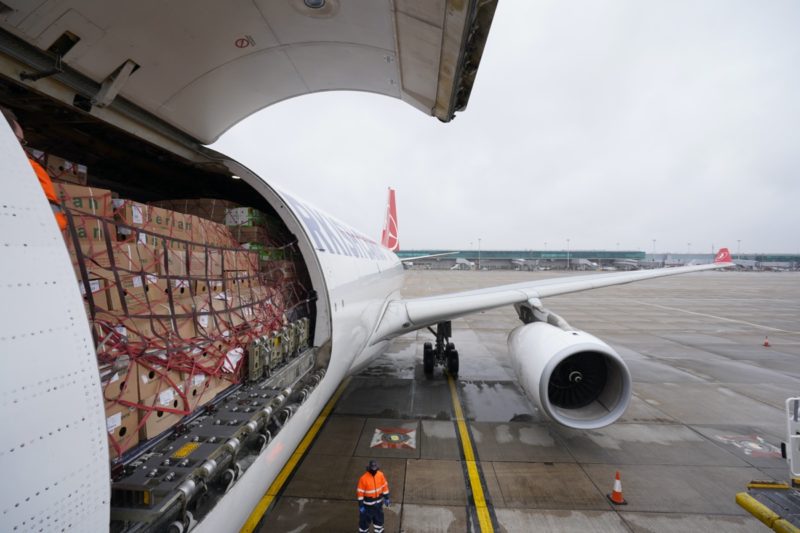
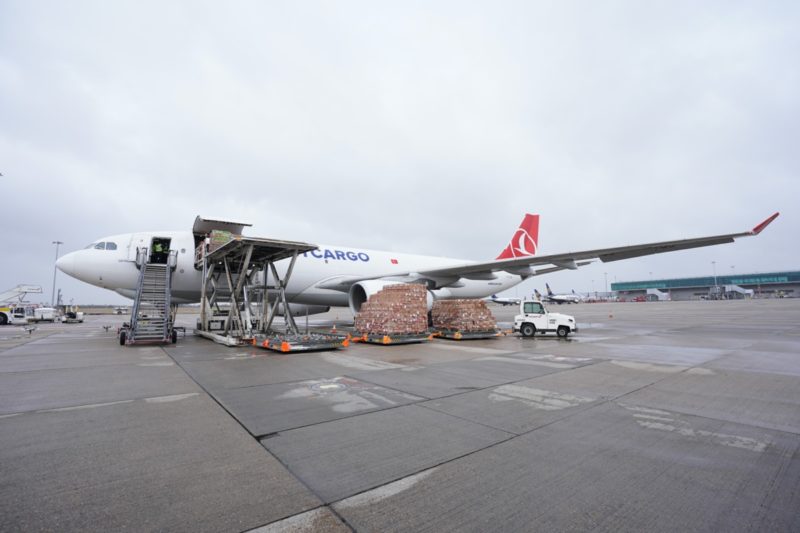
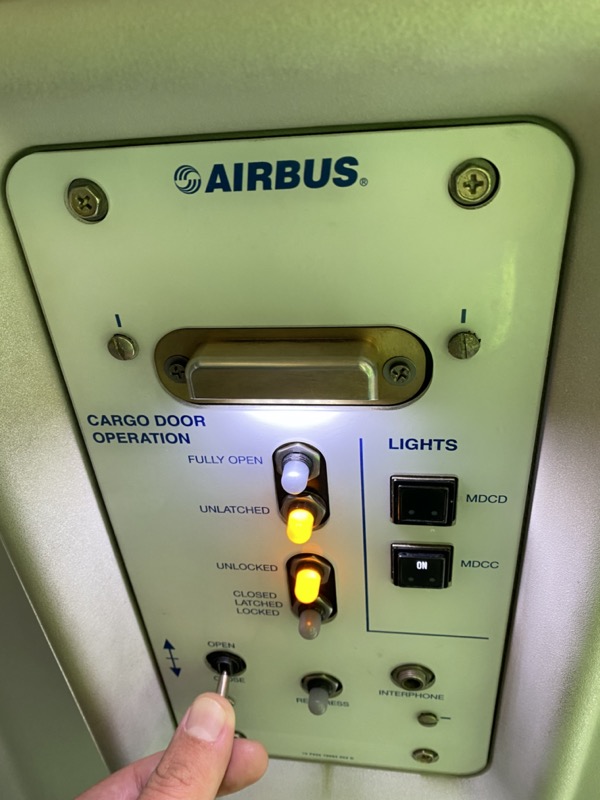
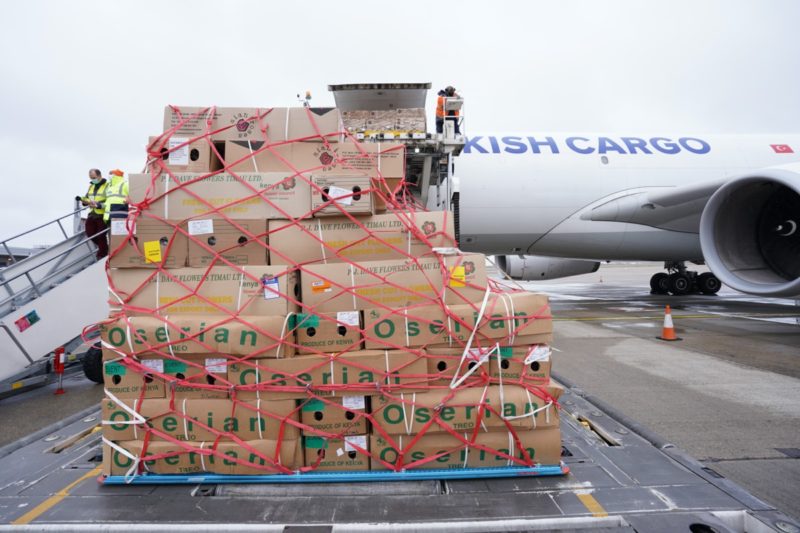
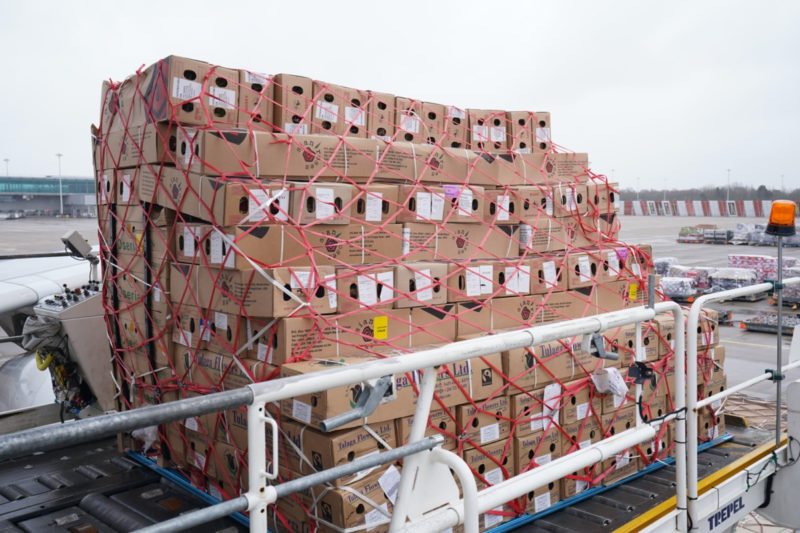
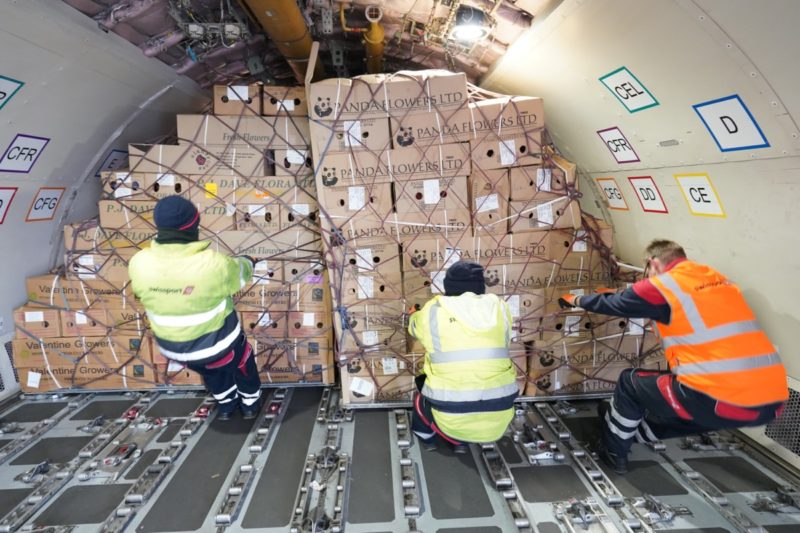
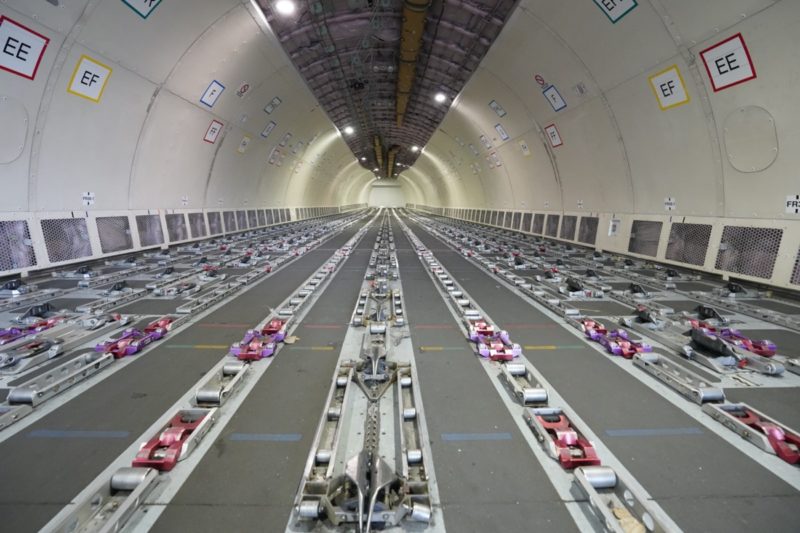
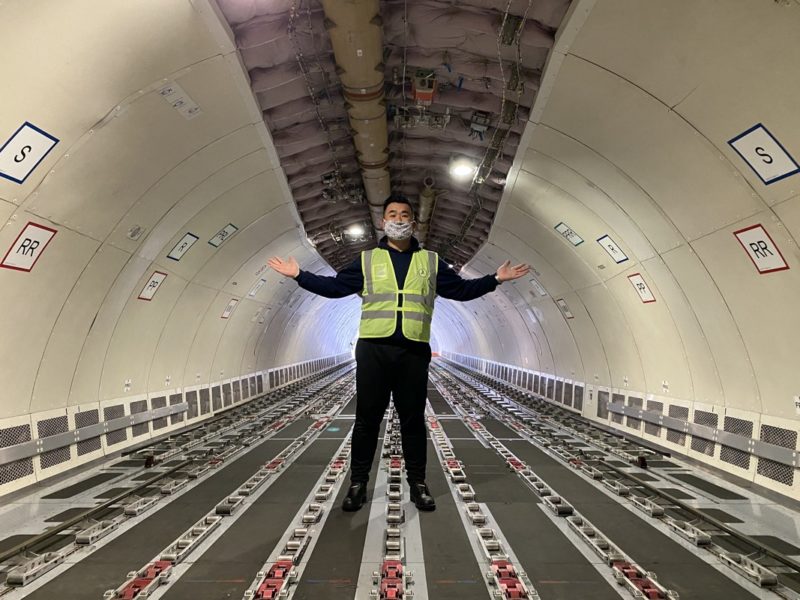
A snowstorm was approaching and bringing with it gusty wind conditions. The ground operation team had to quickly upload the cargo before the storm arrived.
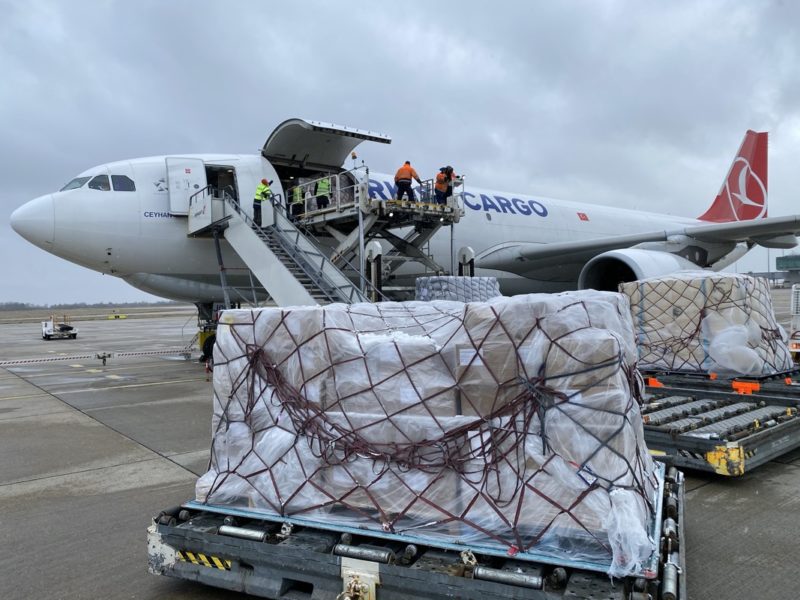
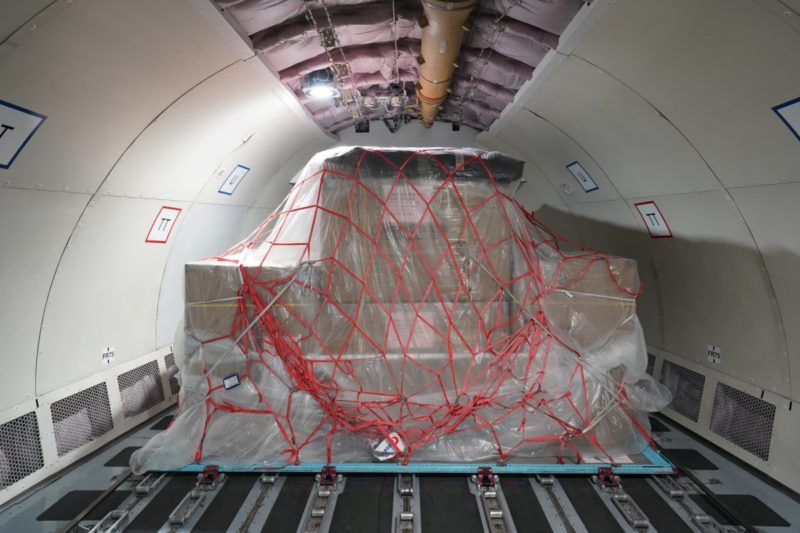
One cargo pellet was built slightly too high and couldn’t enter the plane, due to the contours of the A330 fuselage. So the operation team had to fix the problem on the spot, to avoid creating any delays. The video shows the intricacies of the cargo operation, it also shows the importance of the air cargo industry to deliver the world’s supplies during the pandemic.
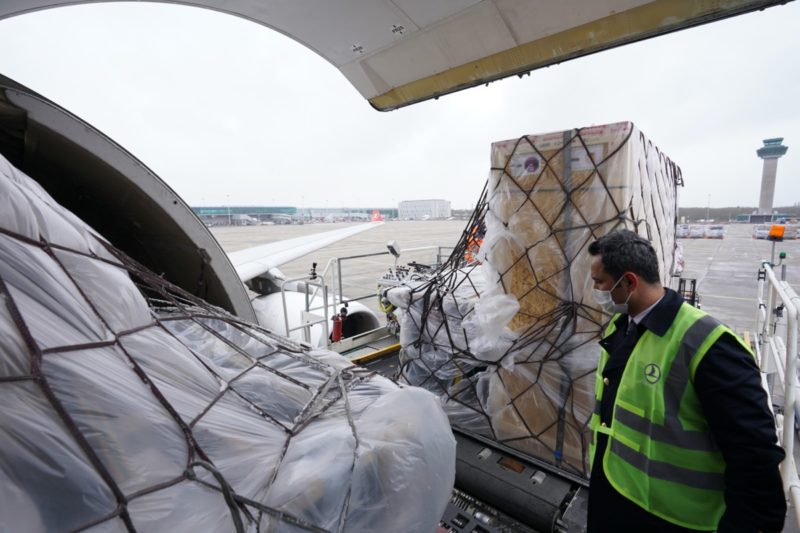
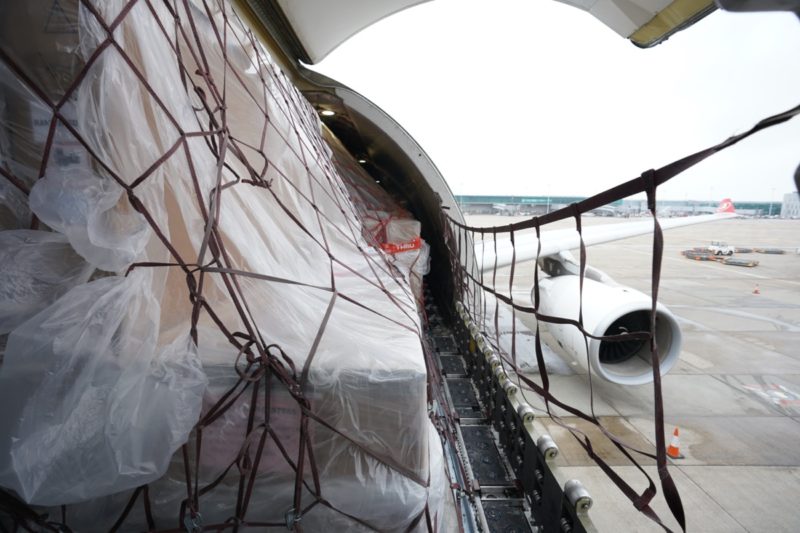
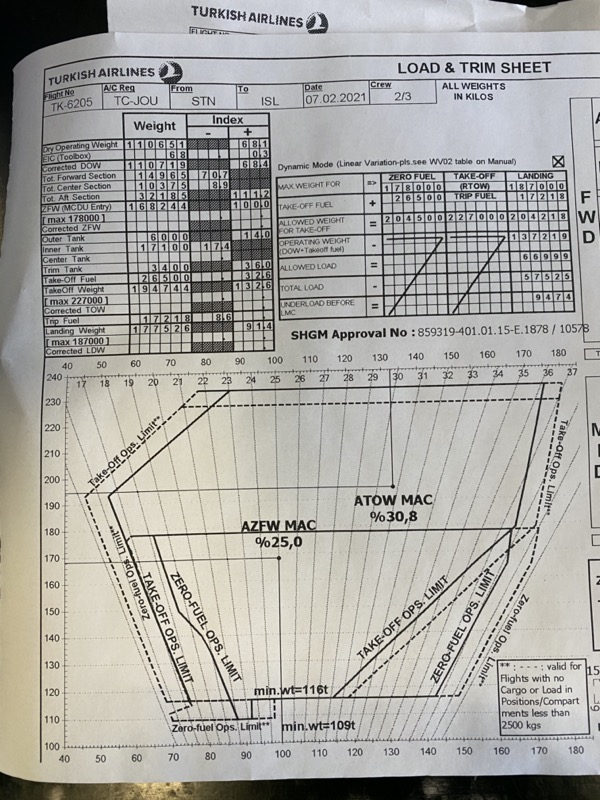
We flew back to Istanbul Ataturk airport in 3 hours and 10 mins, including a beautiful approach over the city of Istanbul at night.
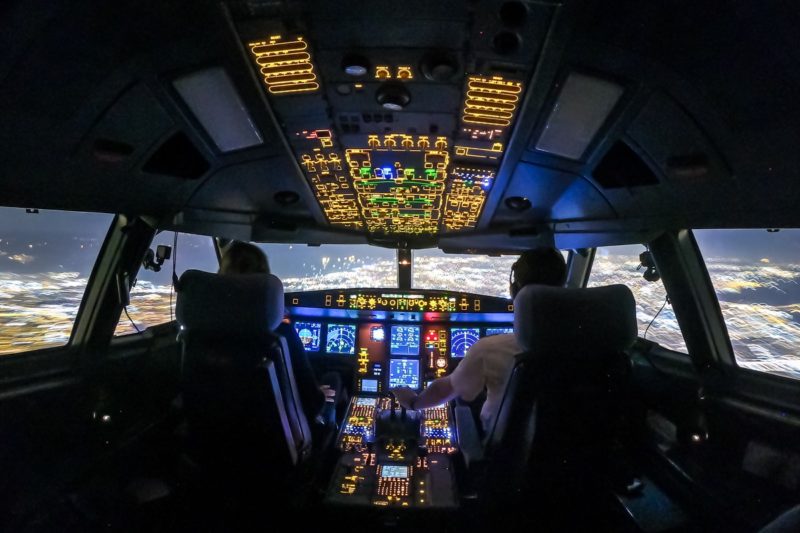
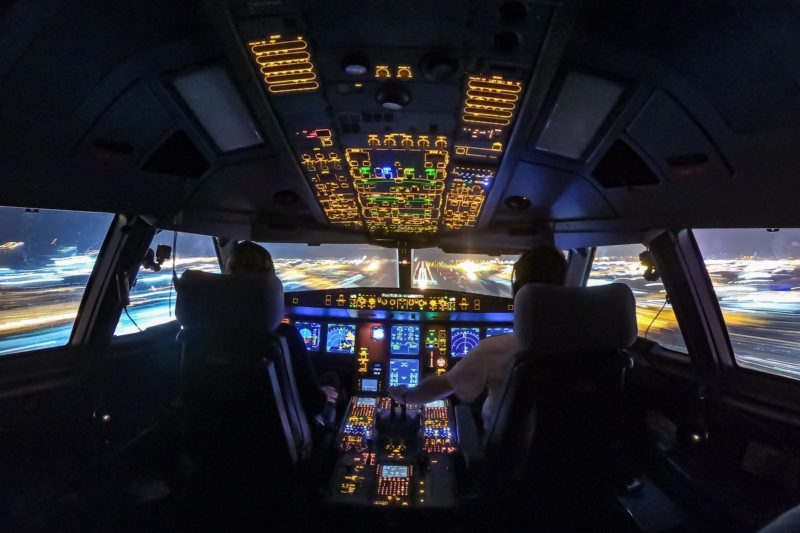

To me, the air cargo industry has always been the underdog in aviation. Many have underestimated the importance and contribution of cargo logistics to the global trade, up until the current pandemic that is. It is the cargo industry keeps the supply lines moving while we’re staying safe at home. Clearly, this pandemic has highlighted the importance of cargo logistics to keep the world moving.
The air cargo industry is always responding to rapidly changing situations or crises. I call it “Crisis Management”. It is all about problem-solving to meet end user needs and deliver on-time.


